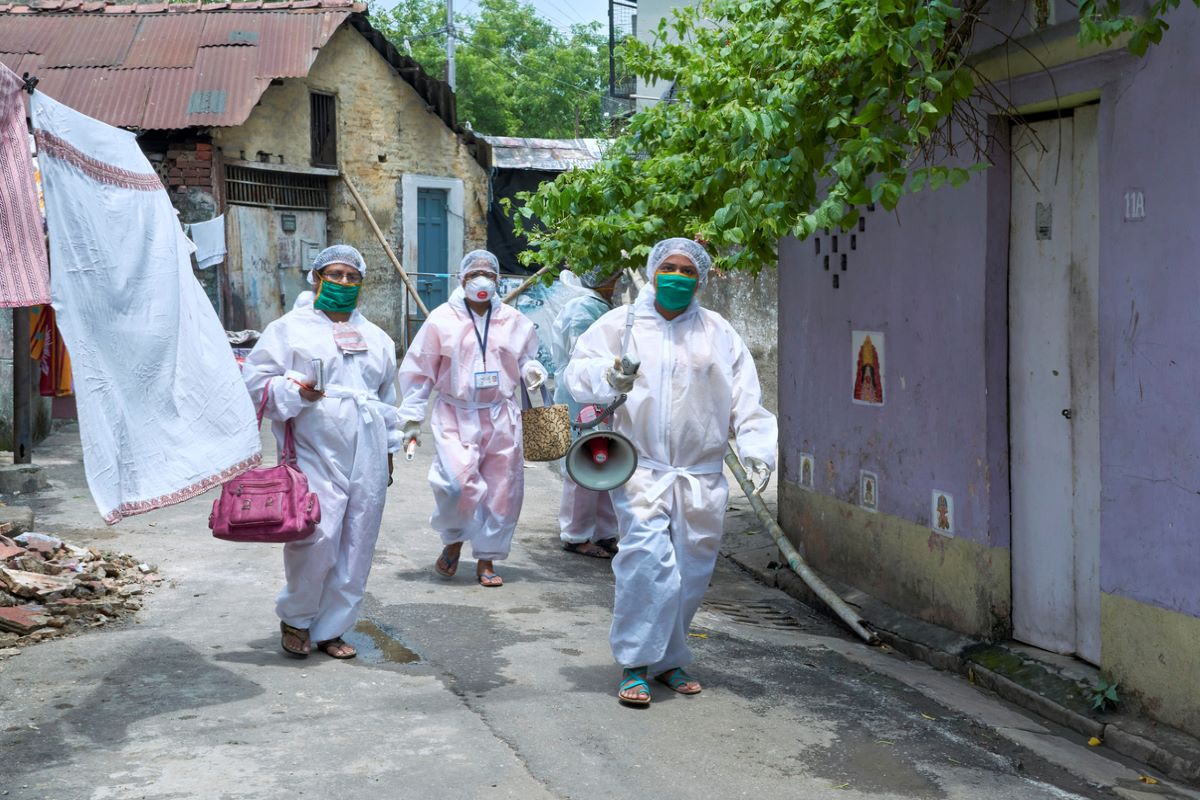Ahead of Assembly polls BJP MLAs ask for development
As the countdown to the 2026 Assembly elections begins, political leaders are leaving no stone unturned to secure their positions.
The highest number of fresh cases was reported in Malda (544), followed by Darjeeling (226) and North Dinajpur (181). According to the state’s health department, there are 5,648 “active patients” ~ 1891 in Malda, and 1324 in Darjeeling ~ in the area. While the numbers of Omicron patients are still unknown, because of the paucity of resources to send samples for genome sequencing, the rapid spread suggests the variant is raging.

representational image (iStock photo)
Rather than open up winter fairs and festivals and thus play to the gallery, the administration in north Bengal would have initiated the right course of action had it been riveted to the ballooning surge in coronavirus afflictions. The dreaded illness and treatment thereof are far more critical than such “pre-scheduled” annual frivolities.
The argument that putting them off could have a negative impact has very limited resonance. While trade-offs between economic activity and public health measures have become a feature of life, it is clear that the line must be drawn at events that draw crowds without commensurate economic gain. Reports suggest that North Bengal is acutely affected ~ with 1,369 fresh infections being reported on Tuesday.
Advertisement
The highest number of fresh cases was reported in Malda (544), followed by Darjeeling (226) and North Dinajpur (181). According to the state’s health department, there are 5,648 “active patients” ~ 1891 in Malda, and 1324 in Darjeeling ~ in the area. While the numbers of Omicron patients are still unknown, because of the paucity of resources to send samples for genome sequencing, the rapid spread suggests the variant is raging. In Jalpaiguri, such places as the Maynaguri, Rajganj and Malbazar blocks and the Jalpaiguri civic area are both important and vulnerable, primarily because of the rate of surge. Clearly these areas call for intensive public health measures, even though closures of shops and markets may not always be effective, as is evident from the South Dum Dum municipal area.
Advertisement
No less acutely affected is the border state of Sikkim, which shares a common frontier with Kalimpong. The tiny state has recorded a 50 per cent rise in the number of fresh cases with as many as 198 infections reported on Tuesday. The progression is discernible ~ 112 cases on Monday, 70 on Sunday and 45 on Saturday. Monday happened to be the first day of fresh curbs imposed on all visitors to the state.
Apart from local people, eleven tourists in the Himalayan state also tested positive. Rather than avail of the paid quarantine facility, they preferred to return home, according to Sikkim’s health minister, M K Sharma. Precautions announced by the government in Gangtok are in place. Locals and tourists who enter Sikkim without negative RTPCR reports ~ conducted within 72 hours of arrival ~ must take the Rapid Antigen Test (RAT) at the point of entry, for which arrangements have been made.
A not dissimilar seriousness of purpose is imperative in North Bengal, and indeed in all parts of the state. As things stand, not even Kolkata, which is seeing record growth in numbers, appears to be entirely serious about keeping itself safe. Rulers can take decisions and impose restrictions up to a point. It is for us ~ the ruled ~ to realign our priorities. For now, staying safe and healthy must be the most important consideration.
Advertisement